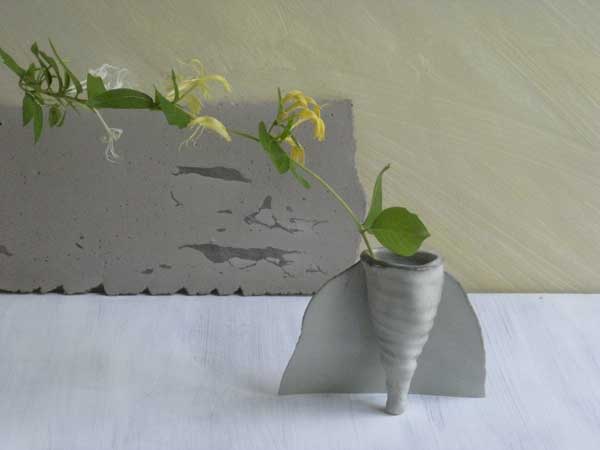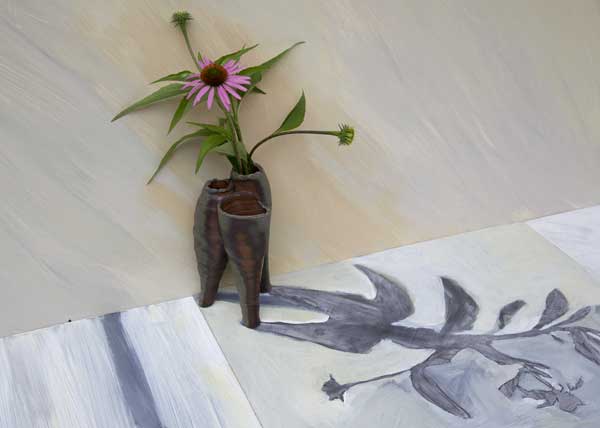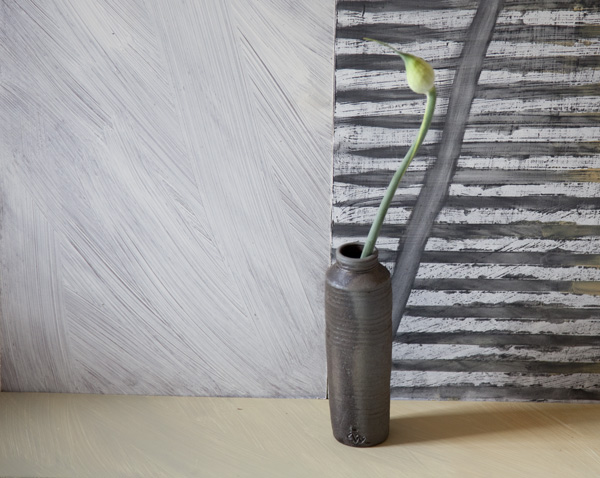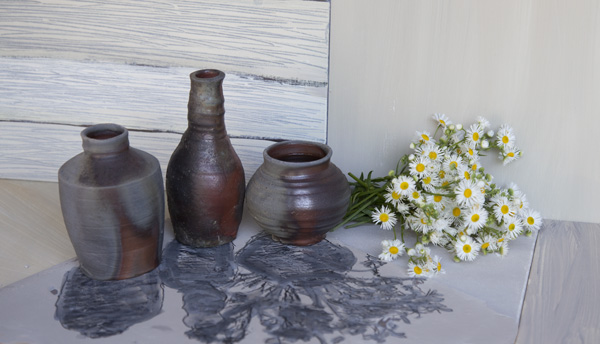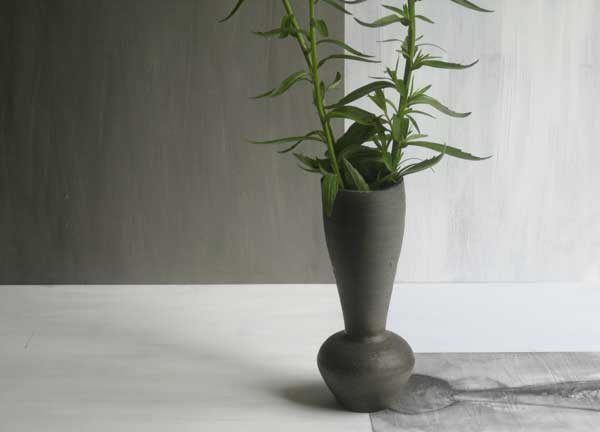At the end of my mother's life we planned to spend three weeks in Maine near my parents. I thought that every day I would take a walk with her and write about our conversations. It would be a twenty-one day project. When I got there and walked with Mom I realized her memory had really deteriorated and the old conversations about family dynamics, politics, and art were history. Instead, I found our walks and talks had to do with what was right in front of us. We looked at how the trees made crosses, the exotic colors of moss, and the bobbing boats. We picked wild flowers and put them in cups. There was an intense appreciation of the moment. I remember thinking, it's not ever going to get any better than this.
On my five o'clock dog walk today I paused on the dock to watch the kingfishers swoop over the pond and make sudden splashes. The day seemed like it could go on forever. It was the polar opposite of my winter evening dog walks when I raced outside to see the last flare of light. At either end of the spectrum I am driven to place some mark on paper, clay, or film.
 Akiko Busch's mother died of a brain tumor and near the end of her life she lost the ability to assign words to thoughts.
Akiko Busch's mother died of a brain tumor and near the end of her life she lost the ability to assign words to thoughts."You could call this an episode of clarity. Certainly it was that to her, because for a moment a golden slip cover had restored all the precision and lucidity of language that were dear to her; on account of it she had recovered her voice. It was a moment of clarity for me as well, because I understood then that frivolity is not necessarily trite or foolish or petty; rather it is about the way essential information often comes to us, unpredictably, through play. I also understood that there are times when frivolity can intersect precisely and perfectly with a sense of of purpose. This can happen most effortlessly most gracefully when a sense of purpose elsewhere in your life seems either to be absent or irrelevant.
Since that time-- and probably in one way or another because of it-- I have made my work to write about design, about spoons and slipcovers, hats and houses. Sometimes the objects are called 'artifacts of the physical world.' I call them things, because so far as I understand it, design is about people and things. You could say that I write about design because I am fascinated by the relationships people forge with things and by the inevitability of how we engage in play with our material possessions. In my mother's case, she did it because the loss of speech made her relationships with other people unbearable. So she turned to the chaise and its golden slipcover, and for a moment on the telephone she was herself again."
The Uncommon Life of Common Objects, p. 155

